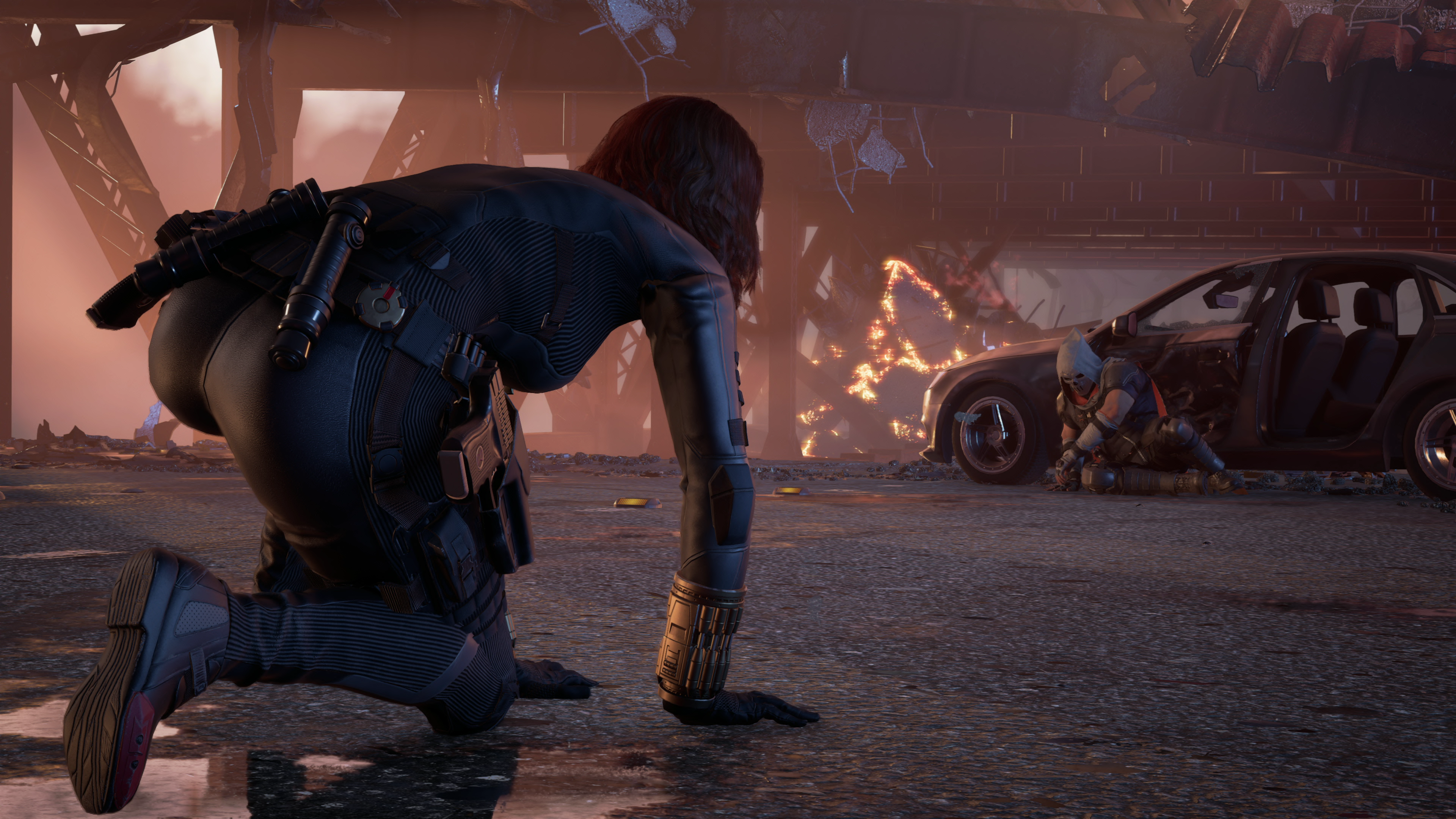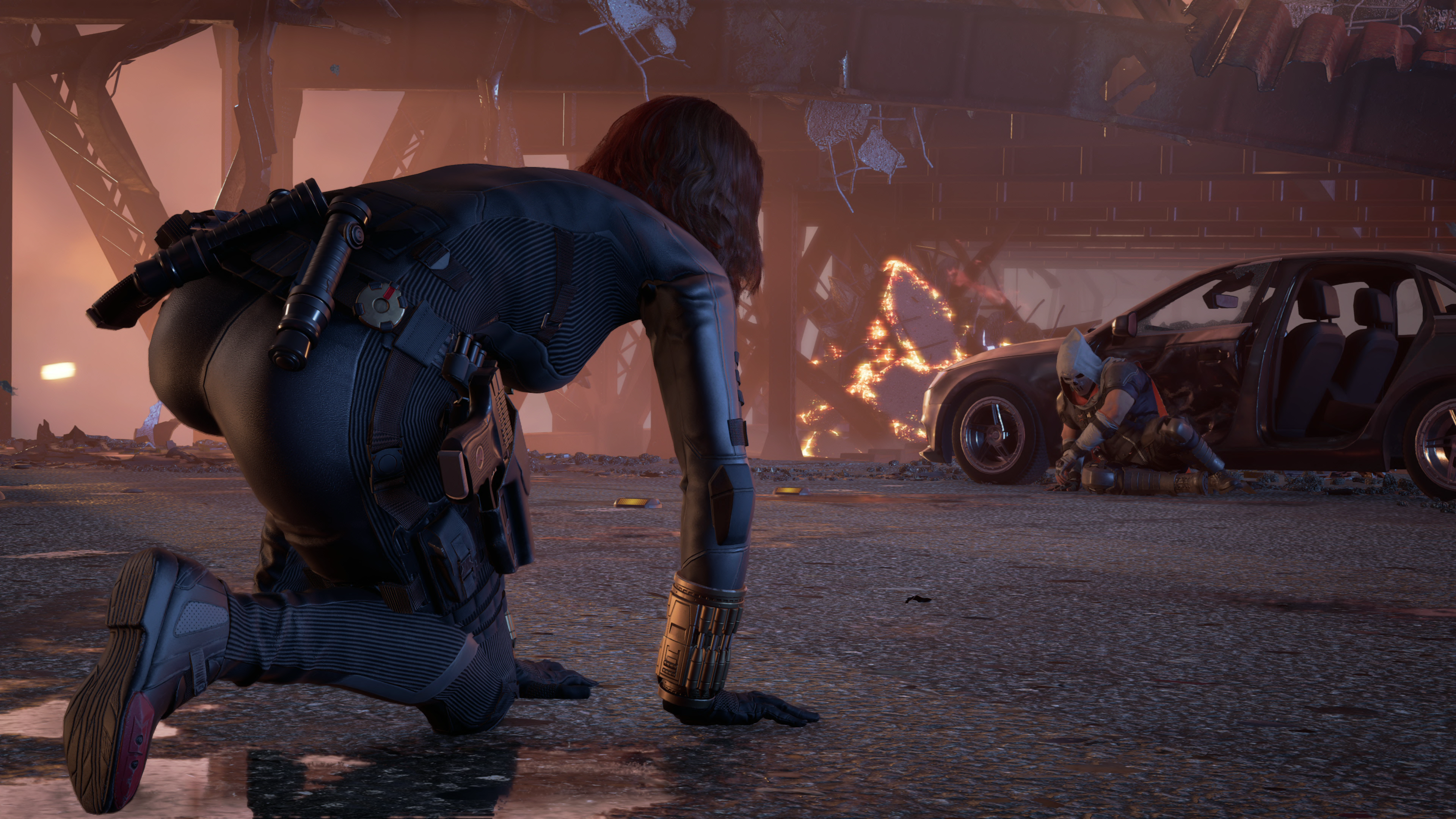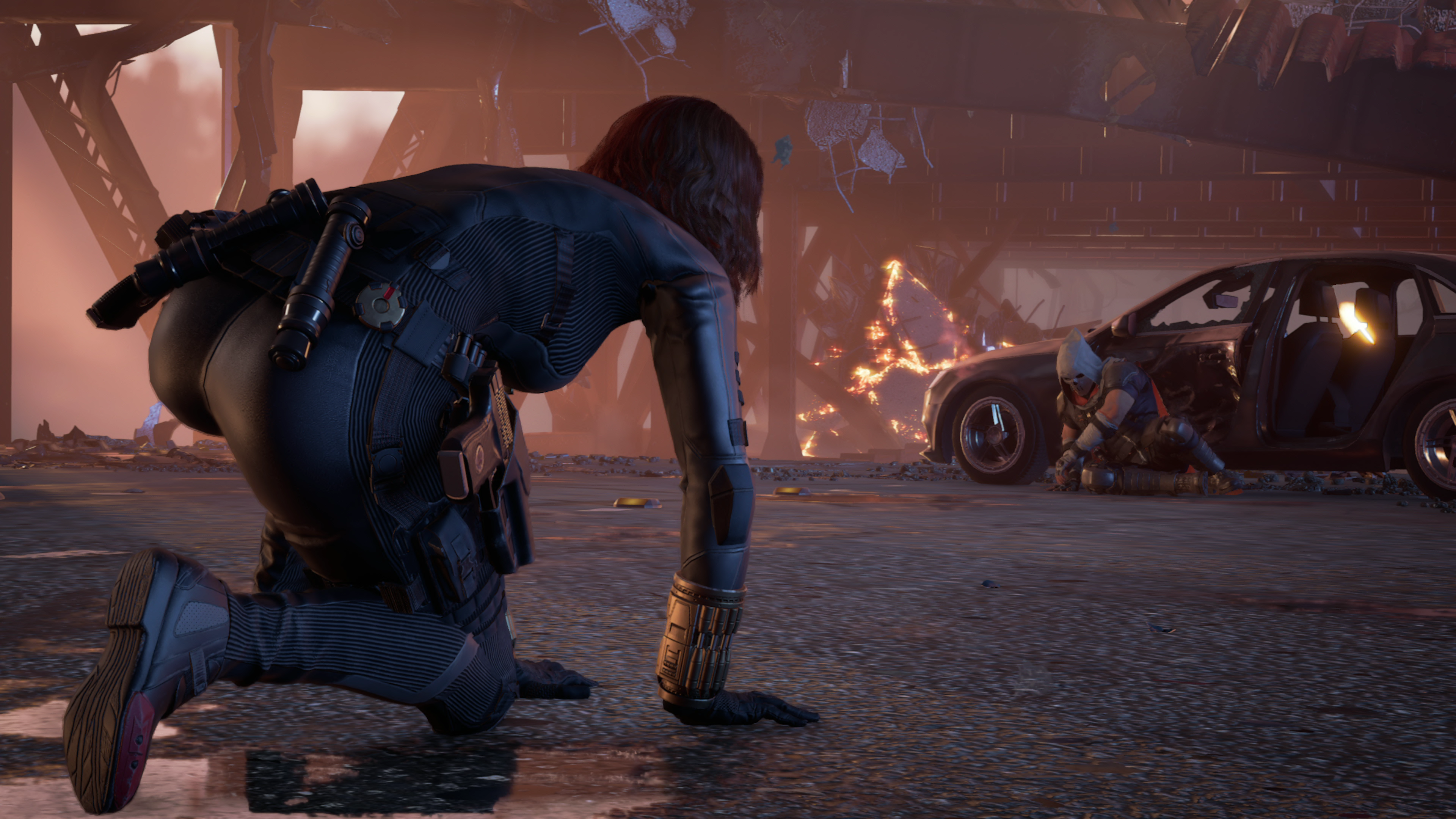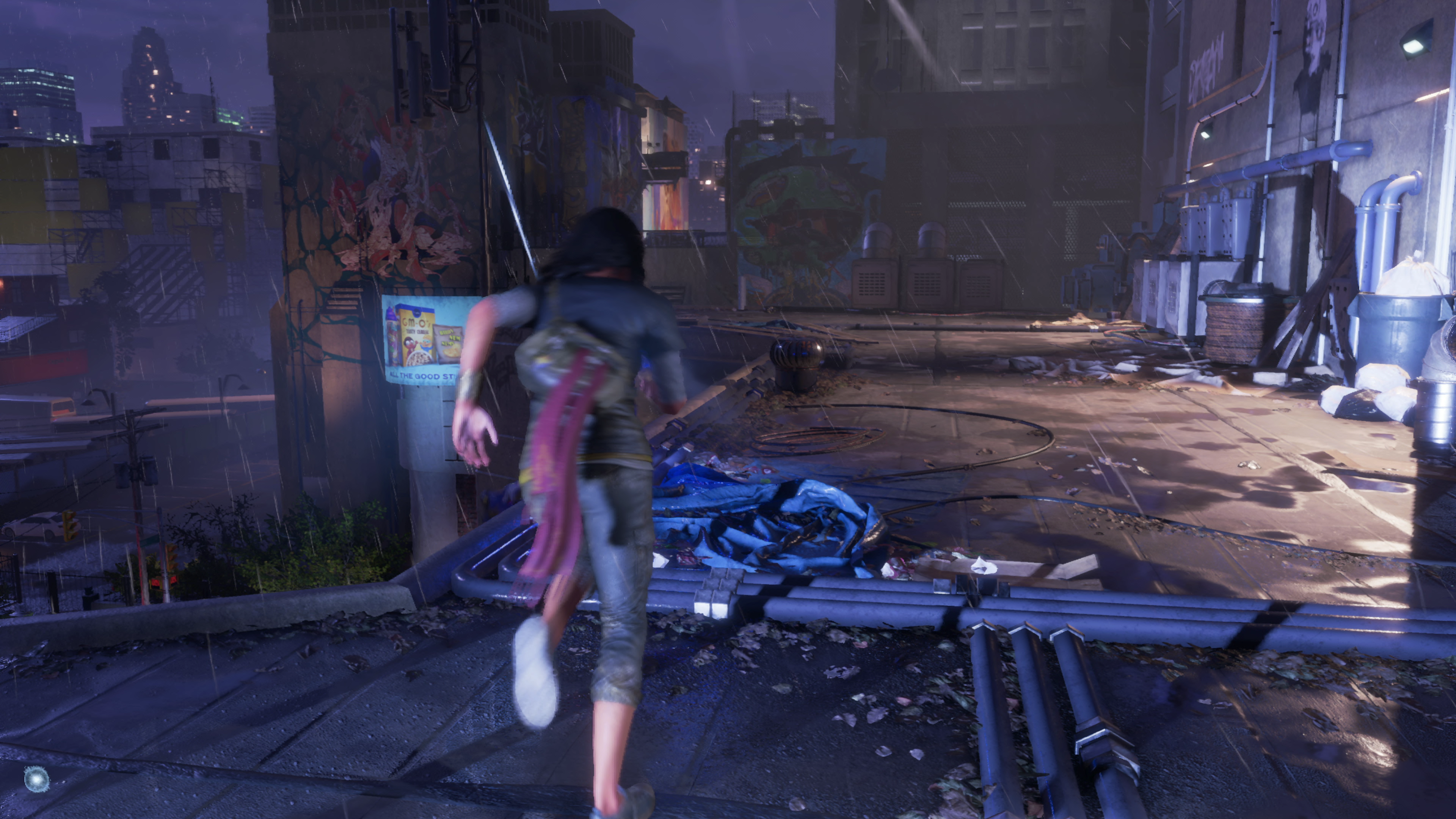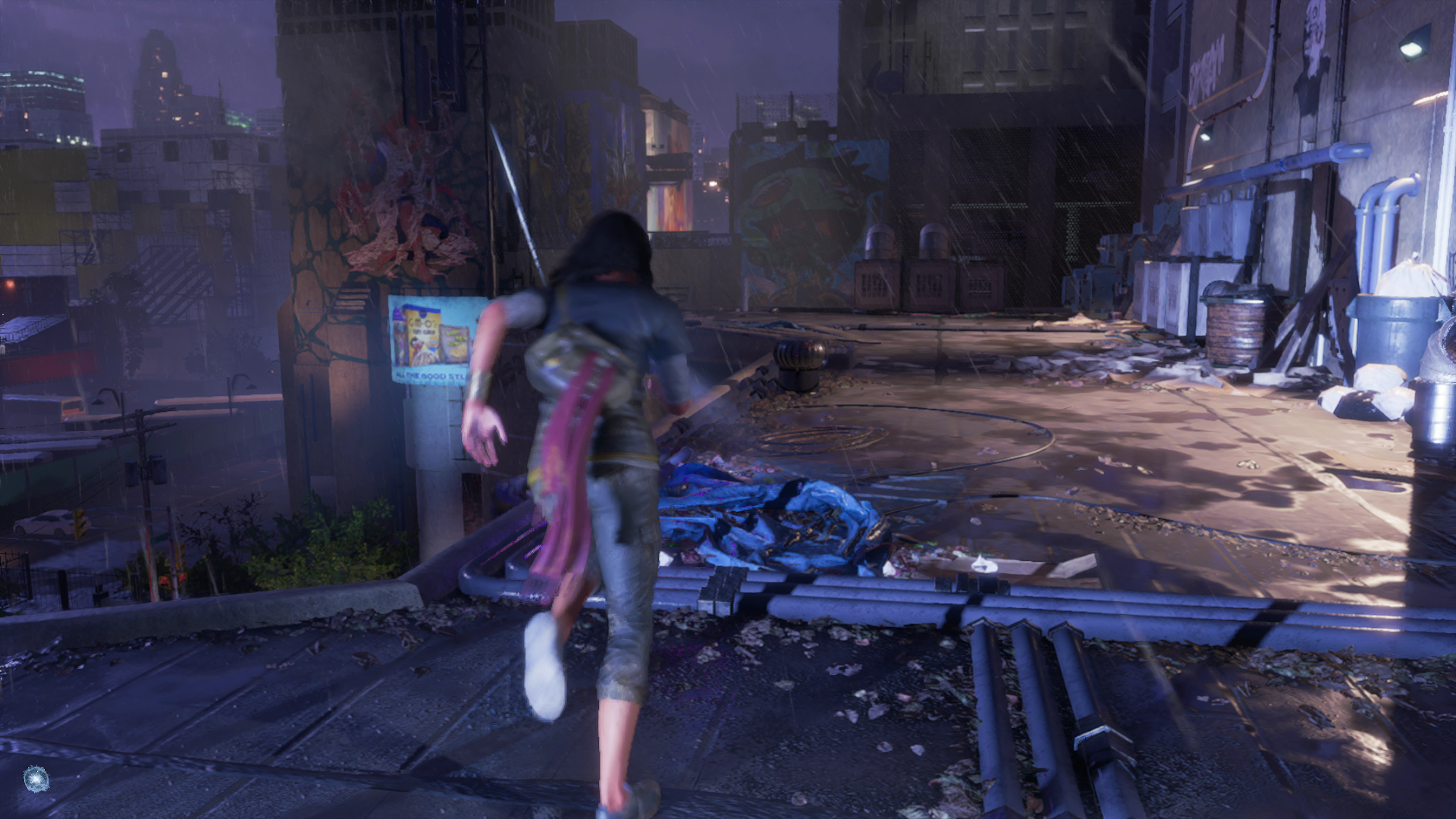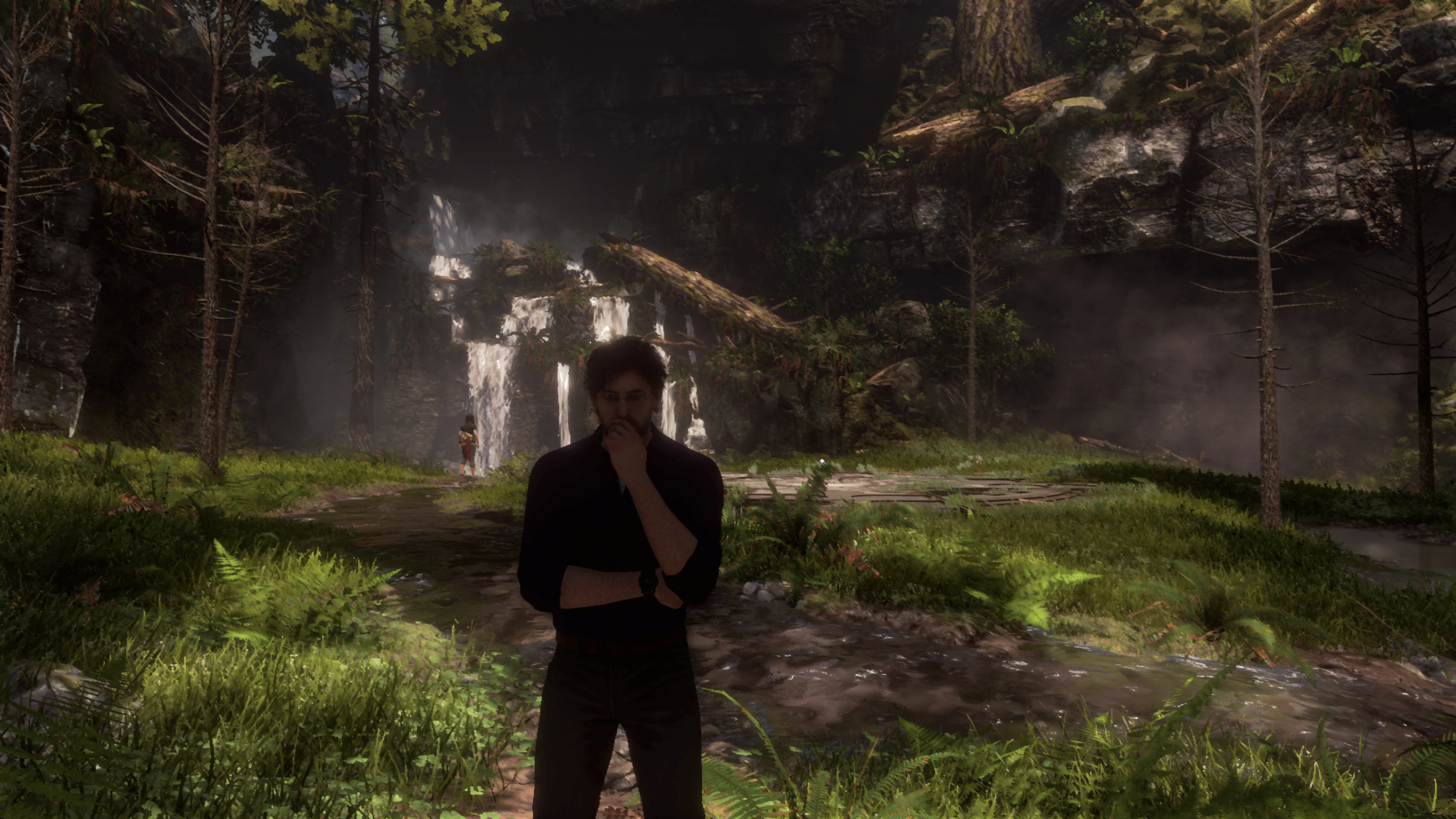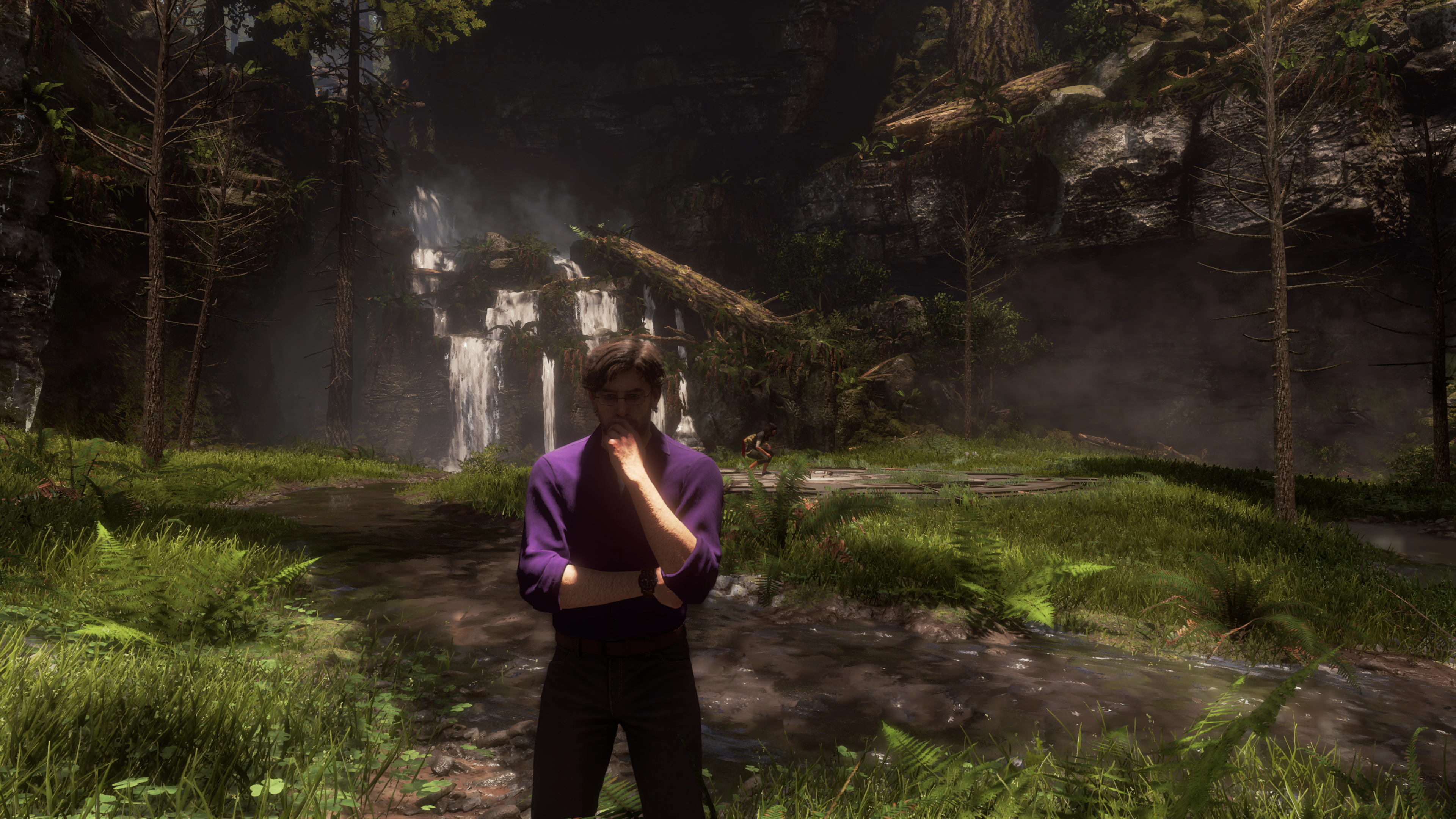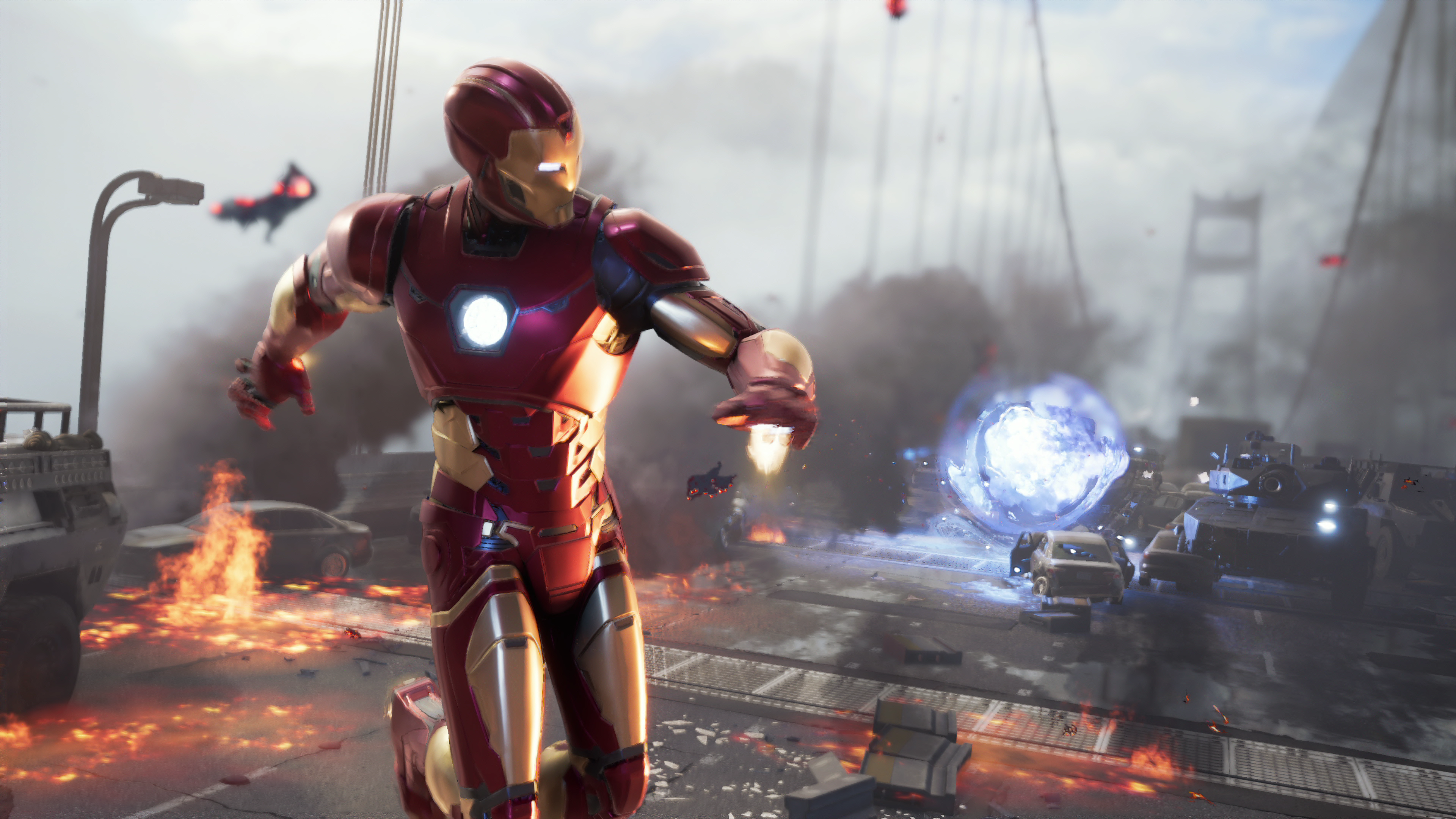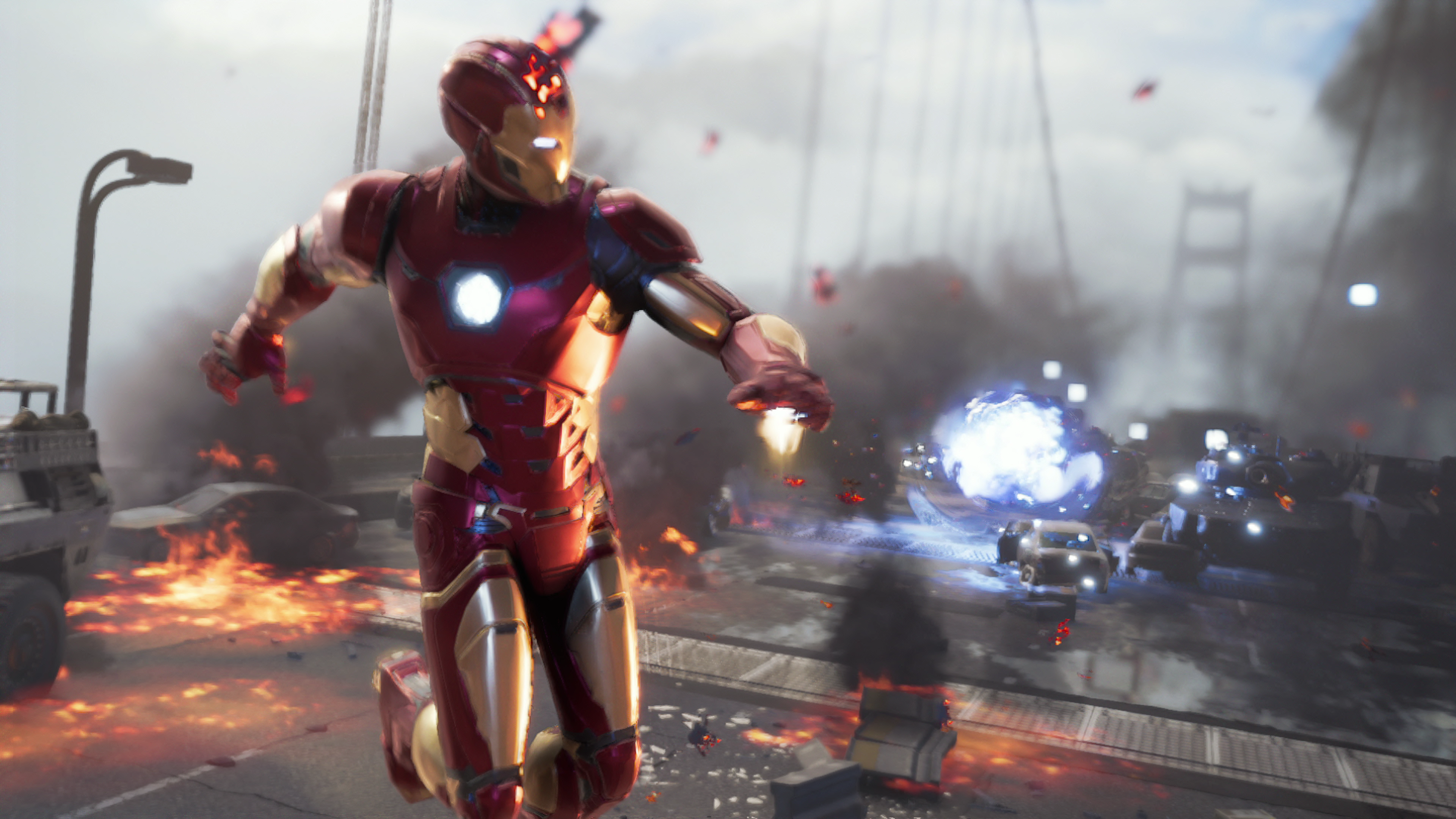In terms of the overall set-up offered by Marvel’s Avengers on Xbox Series consoles, it’s much the same as PlayStation 5 in delivering quality and performance modes. Series X’s quality mode is essentially the same as PS5’s: compared to last-gen consoles, users get higher resolution screen-space reflections, more destruction, better water rendering, higher resolution textures and all of the other enhancements previously detailed. It targets native 4K rendering with minor dynamic resolution tweakery depending on content. Series S? Quality mode is much the same again with a 1440p target, but lacks some visual features including the higher resolution texture pack enjoyed by PS5 and Series X. 30fps is essentially a lock on all systems in this mode. The performance mode is what separates the pack, with Series S operating within a ballpark 720p to 1080p window in hitting 60fps, with further visual cutbacks like reduced foliage density, murkier texture filtering and lower resolution particle effects. But it’s the PS5 vs Series X differences that are most fascinating - both target a 4K display output, but PS5 uses checkerboard rendering while Series X goes native. What this means is that the Sony platform can resolve higher pixel counts in like-for-like content thanks to its checkerboard solution, but for various reasons, Series X delivers a crisper picture. Both still use dynamic resolution scaling, with Series X working with a generally wider DRS window. Owing to its checkerboard solution, PS5’s UI scales with resolution too, which looks a touch odd. The thing is, the make-up of the presentation is a little more complicated. PS5 has post-process elements that operate at a much lower resolution - and Avengers is a post-process heavy game. Components like motion blur and depth of field are affected, looking noticeably blockier than the Xbox equivalents. Texture resolution can also be impacted in some scenarios too, where it seems that checkerboard rendering may not play as nicely with dynamic resolution scaling than the native Xbox equivalent. All together, PlayStation 5 in performance mode has more obvious image quality concessions that become more evident as the effects work scales up. We’ve not talked specifically about pixel counts beyond general DRS ranges here, because the resolution can seem notionally higher on PS5, but other aspects of the presentation take precedence. Essentially, the game is clearer on Series X in performance mode due to these differences in how resolution is composed and how post-processing is delivered - even if the Xbox Series X could technically be running at a lower output resolution as judged by pixel counting. Moving over to performance in the 60 frames per second mode, there is very little to separate the three systems. All of them still have noticeable stutters on camera cuts during cutscenes, and generally operate in much the same manner with very similar results. PlayStation 5 can hold its 60fps a little tighter than the Xbox consoles during intense destruction - presumably owing to more overhead from the checkerboard rendering solution - but the actual drops to performance on the Microsoft platform are minimal and barely noticeable. All three consoles run very smoothly overall. I was also impressed with the loading time improvements. Nixxes has tapped into the low level storage APIs on both PlayStation and Xbox Series systems, with night and day improvements over the last-gen systems. A loading segment that took over a minute on PS4 Pro resolves in four seconds on PlayStation 5 rising to around six seconds on Series X. This is where the notion of percentage differences in performance is at odds with the actual experience - yes, Xbox Series consoles take 50 per cent longer to complete a load than PlayStation 5, but when the difference is just two seconds, the difference in the user experience is not especially noticeable. Marvel’s Avengers is possibly our first real look at the true generational leap provided by storage in the new machines from Sony and Microsoft and none of them disappoint. All told, I’m impressed by the work that Nixxes has delivered in that you’re getting a proper upgrade over the last-gen enhanced consoles and a night and day boost in all areas up against their vanilla equivalents. However, the two approaches the developer has chosen for rendering the performance mode certainly offer up very different results. Xbox Series X looks clearer and cleaner, a state of affairs offset only by variations in performance that barely register. Ultimately though, the Foundation Engine has never looked better - and it’s great to see a significant amount of time and effort invested into these PS5 and Xbox Series conversions.
